This Friday meet Katie and Dallas Peebles, owners and operators of Peebles Farm Pumpkin Patch and Corn Maze in Augusta, Arkansas. The Peebles bought the farm in 1996 and have transitioned to agritourism over the last 16 years. It’s now the state’s largest certified organic pumpkin patch operation. In addition to pumpkins, they produce honey and grow watermelons, cantaloupe, peas, and soybeans.
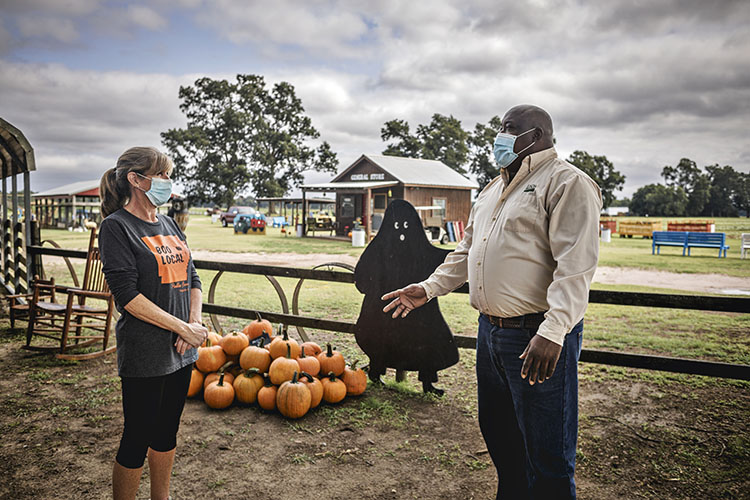
Growing an Agritourism Venture
At the request of the nearby Harding Academy in Searcy, they had their first agritourism event in 2004 with apple bobbing, hayrides, and a talk about the pumpkins. From that moment on they knew they wanted to do something bigger.
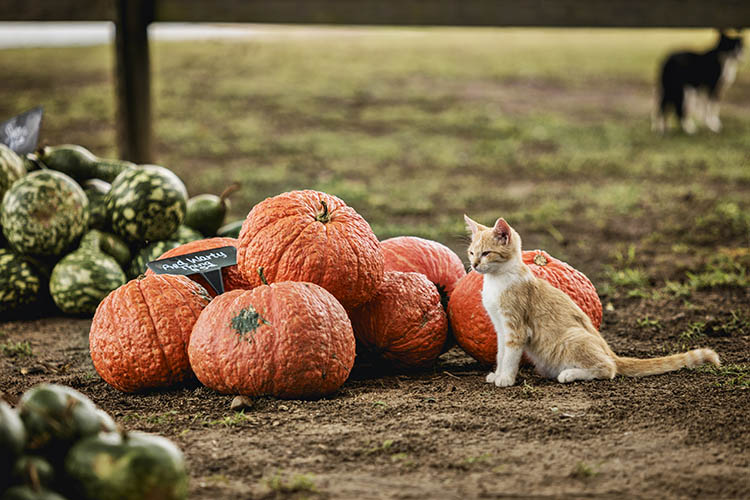
They contacted other local schools so they could teach kids about farming. At the time, they were researching corn mazes and how they could build their own. Together with her son, they built their first corn maze.
“I love having the kids here, having fun and learning about farming,” said Katie. “It’s a lot of hard work, but it’s worth it when you see everyone having a wonderful time.”
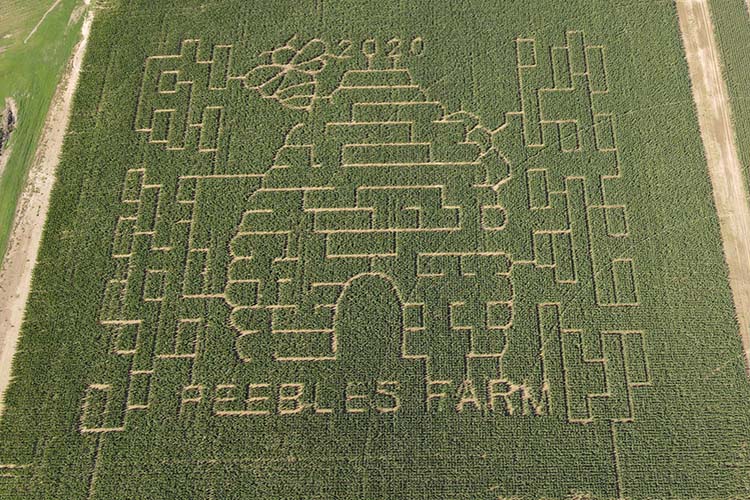
What started as a few activities has grown into an annual fall event with a 16-acre corn maze, 65-acres of U-Pick pumpkins, cotton picking, tractor tire serpent, swings, slides, teeter totters, duck races, scenic wagon ride, tractor pulled train ride, barn yard, kiddie zip-lines, gerbil roll, sunflower patch, concessions, picnic area, a pumpkin house, weekend bon-fires, a corn cannon, and a family movie night.
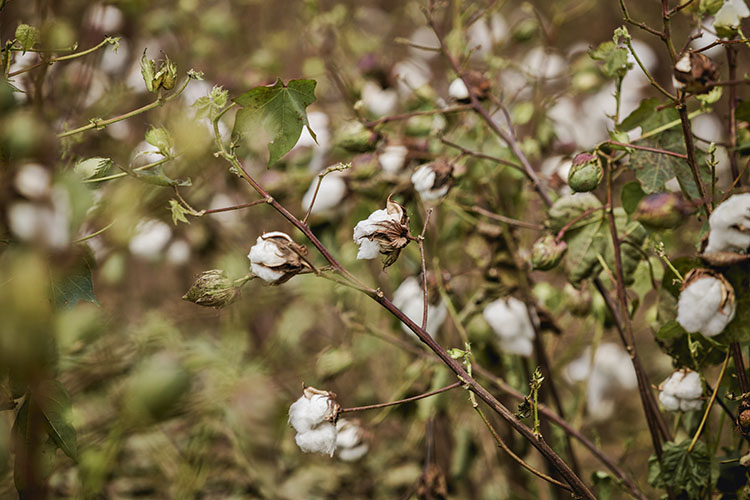
Working with USDA
The couple works with USDA’s Farm Service Agency and Natural Resources Conservation Service throughout the year to protect their crops and conserve natural resources on their farm.
“They are conservation minded and want to preserve their agricultural heritage,” said Mack McCuan, FSA county executive director in Woodruff County. “UDSA programs are helping them do that.”
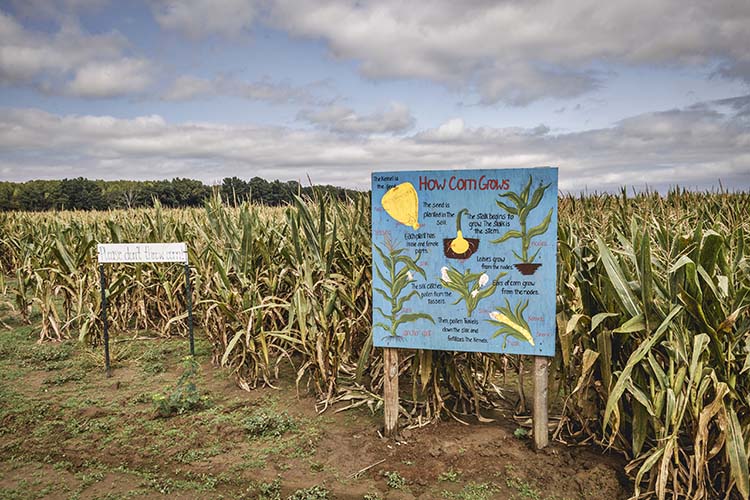
Katie and Dallas protect their soybeans from potential market downturns and provide a crucial safety-net for their operation with FSA’s Agriculture Risk Coverage and Price Loss Coverage programs. Like many farmers across the nation, they have also faced market disruptions and associated costs because of the COVID-19 pandemic. To help absorb some of the increased marketing costs associated with the pandemic, they worked with FSA to enroll their eligible commodities in USDA’s Coronavirus Food Assistance Program 2.
“The Peebles Farm is a valuable resource for the community,” said Reggie Cunningham, NRCS district conservationist in White County. “While formerly acting for Woodruff County, I had the pleasure of working with the Katie and Dallas. There aren’t many places where kids can learn and see firsthand the benefits of conservation. They’re the ones we’re doing it for.”
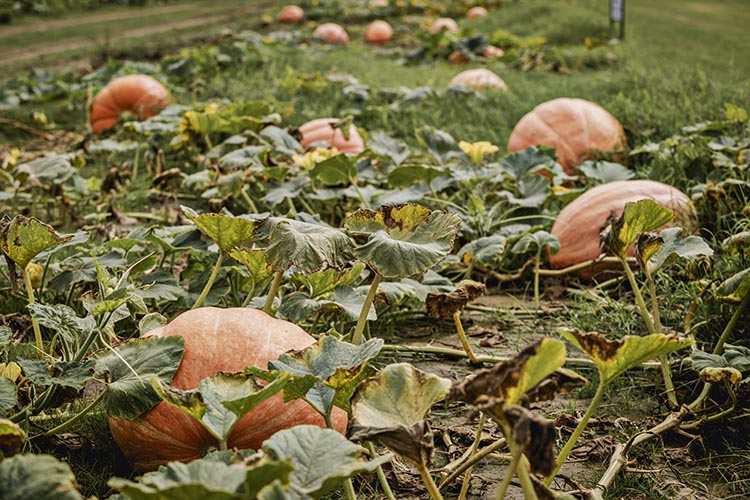
Enhancing with Conservation
The Peebles have 358-acres enrolled in the Conservation Stewardship Program to promote pollinator habitat on their operation. “The program really helps us because we produce local honey,” said Katie. “We help the bees and the bees help us.”
Through this program, NRCS helps landowners strengthen their operations by building on their existing conservation efforts.
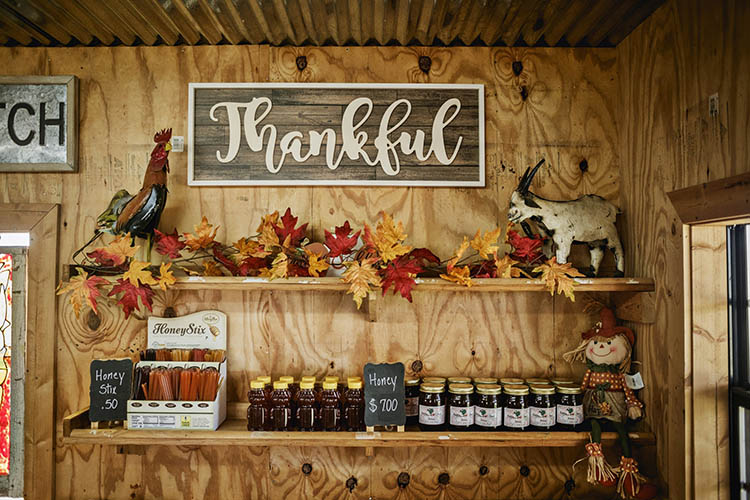
“I have enjoyed working with the Peebles family and touring their certified organic operation, seeing the conservation practices and enhancements that they have implemented,” said Tim Malone, NRCS district conservationist in Woodruff County. “I’m looking forward to doing more with them in the future.”
To further enhance their operation, they implemented other practices such as cover crops, reduced till and no till, irrigation water management, nutrient management, and crop rotations. They also established 56 acres of monarch butterfly habitat.
“Improving the soil health is something that we often don’t think about,” said Dallas. “We need to take our cues from nature.”
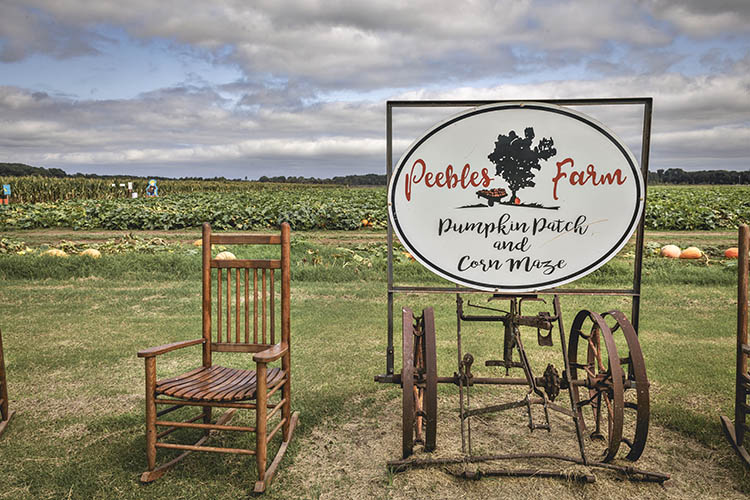
More Information
Each Friday visit local farms, ranches, forests, and resource areas through our #FridaysOnTheFarm stories. Meet farmers, producers, and landowners who are working to improve their operations with USDA programs.
USDA offers a variety of risk management, disaster assistance, loan, and conservation programs to help agricultural producers in the United States weather ups and downs in the market and recover from natural disasters as well as invest in improvements to their operations. Learn about additional programs.
For more information about USDA programs and services, contact your local USDA service center.
Christopher Willis is a visual information specialist for USDA’s Farm Production and Conservation Business Center.


